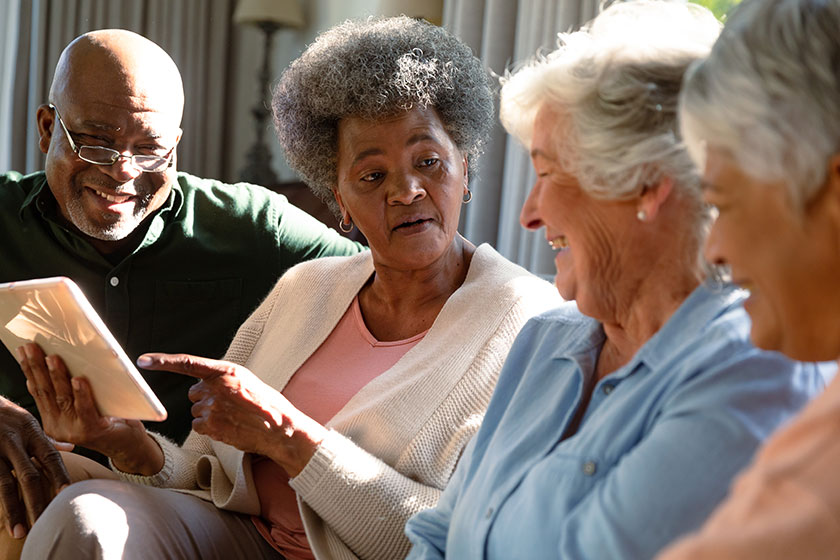When it comes to choosing a retirement community in Clayton, NC, it’s important to have a clear understanding of the different types of living options. Many older adults are confused between assisted living and personal care in Clayton, NC. We compare these two types of living options to help you determine which one is best for your needs.
Living Unit Requirements
Regulations regarding the size of living units in assisted living and personal care homes vary from state to state. Most assisted living communities can only house a maximum of two people in one unit. Personal care, however, can house up to four people in one unit.
Residents in assisted living communities must also be able to lock their units. A microwave and refrigerator must also be provided. However, these requirements are not essential for personal care. Older adults in personal care must bring their own electrical appliances if they wish to use them.
The regulations extend to showers and bathrooms in each unit. Every unit in assisted living must have a bathroom that’s equipped with a toilet, shower or tub, mirror, sink, as well as an emergency alert system. On the other hand, those living in personal care do not have the luxury of a private bathroom. Individuals in personal care have to share bathrooms with others. The ratio could be one bathroom to six residents, or higher.
Staffing and Training
Another difference between assisted living and personal care lies in staffing and training. Assisted living facilities are required to have a certain number of staff on duty at all times, as well as a nurse on call 24 hours a day. They also must have someone on-site with CPR and first aid training. Personal care homes do not have the same staffing requirements, but they must have someone on call who can provide medical assistance if needed. In terms of training, assisted living employees must complete annual continuing education courses, while those working in personal care are only required to complete initial training when they are hired.
Cost
Assisted living tends to be much more expensive than personal care. This is because assisted living communities provide more comprehensive services and amenities than personal care. Assisted living typically includes meals, transportation, housekeeping, and activities to help residents stay active and healthy. They also typically provide 24-hour supervision and nursing care, while personal care does not. Residents in assisted living can also look forward to a wide range of social and recreational activities, including outings and fitness sessions. Personal care is less expensive and is a good option for people who are on a budget but still need some assistance with everyday tasks.
When choosing a senior living option, it’s important to consider both the level of care you need and your budget. You also need to consider whether you want a shared living space or prefer to have your own apartment. Despite the difference, it is important to note that both types of living options can provide excellent care for their residents.







